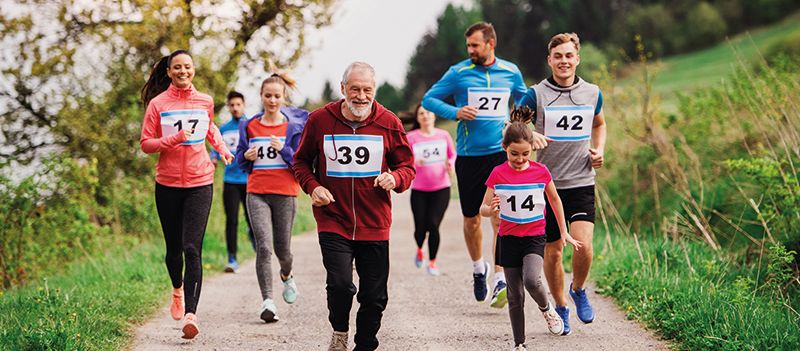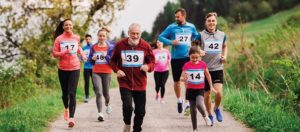The core is based on a set of clinical biomechanical osteoarticular muscle groups, especially the central part of the body, including dorsal lumbar rachis, pelvis, and hips, which allows us stability in the spine coordinated by the motor control system; when it is subjected to external and internal forces for its training it is of useful importance since the trunk and the extremities participate
The assessment of the Core applies different kinematic and dynamometric techniques, it is important to highlight that its operation depends on maximum strength, resistance strength, intra and intermuscular coordination, motor control, and proprioceptive control.
The objective is to prevent lumbopelvic injuries, optimization of performance in order to improve the stability of the athlete with precision and agility, the ideal is to perform exercises that exercise the flexors, extensors, lateralizers and rotators, the most effective safe are sample dog, bug Dead and planks, taking into account the frequency, intensity and equal volume through the iliolumbar proprioceptive exercise program and waist dissociation, the upper and lower limbs are necessary for coordination of the Core stability of the same in the sports field.
Bibliography
Borghuis, J; Hof, A and Lemmink, K. (2008) The importance of sensory motor control in provide stability core stability. Sports medicine, 38, 11, 893-916.
McGill SM (2007) Low back disorders: evidence-based prevention and rehabilitation, 2nd.ed. champaing: Human Kinetic.
Van Dieen, JH; Luger, T and Van der Eb, J. (2012) Effects of fatigue on trunk stability in elite gymnasts. Eur J Appl Physiol. 112 (4): 1307–13 .:
Vera-García, FJ; Elvira, JL; Brown, SH and McGill, SM. (2007) Effects of abdominal stabilization maneuvers on the control of spine motion and stability against sudden trunk perturbations. J Electromyogr Kinesiol. 17 (5): 556–67
Vera-García, FJ; Barbado, D; Moreno-Pérez, V; Hernández-Sánchez, S; Juan-Recio, C and Elvira, JLL. (2015) Core stability: Evaluation and training criteria. Rev Andal Med Sport, 8 (2): 79-85.










